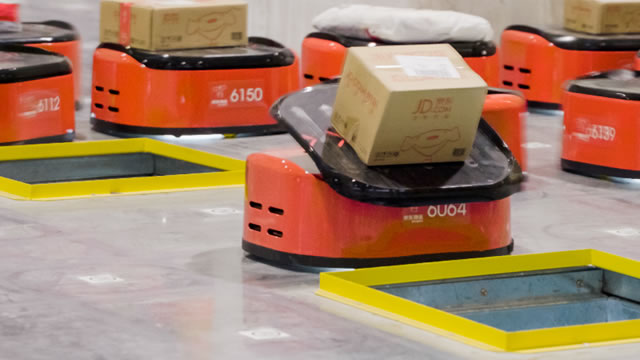
JD
JD.com, Inc.
$29.83
0.41
(1.39%)
| Exchange: | |
| Market Cap: | 42.329B |
| Shares Outstanding: | 2.046B |
About The Company
| Sector: | Consumer Cyclical | |||||
| Industry: | Specialty Retail | |||||
| CEO: | Ran Xu | |||||
| Full Time Employees: | 570895 | |||||
| Address: |
|
|||||
| Website: | https://www.jd.com |
JD.com, Inc. operates as a supply chain-based technology and service provider in the People’s Republic of China. The company offers computers, communication, and consumer electronics products, as well as home appliances; and general merchandise products comprising food, beverage and fresh produce, baby and maternity products, furniture and household goods, cosmetics and other personal care items, pharmaceutical and healthcare products, industrial products, books, automobile accessories, apparel and footwear, bags, and jewelry. It also provides online marketplace services for third-party merchants; marketing services; and omni-channel solutions to customers and offline retailers, as well as online healthcare services. In addition, the company develops, owns, and manages its logistics facilities and other real estate properties to support third parties; offers asset management services and integrated service platform; leasing of storage facilities and related management services; and engages in online retail business. Further, it provides integrated data, technology, business, and user management industry solutions to support the digitization of enterprises and institutions; and technology-driven supply chain solutions and logistics services. The company was formerly known as 360buy Jingdong Inc. and changed its name to JD.com, Inc. in January 2014. JD.com, Inc. was incorporated in 2006 and is headquartered in Beijing, the People’s Republic of China.
Click to read more…
Revenue Segmentation
EPS
Earnings Call
Income Statement
(* All numbers are in thousands)
Balance Sheet
(* All numbers are in thousands)
Cash Flow Statement
(* All numbers are in thousands)
Analyst Estimates
(* All numbers are in thousands)







